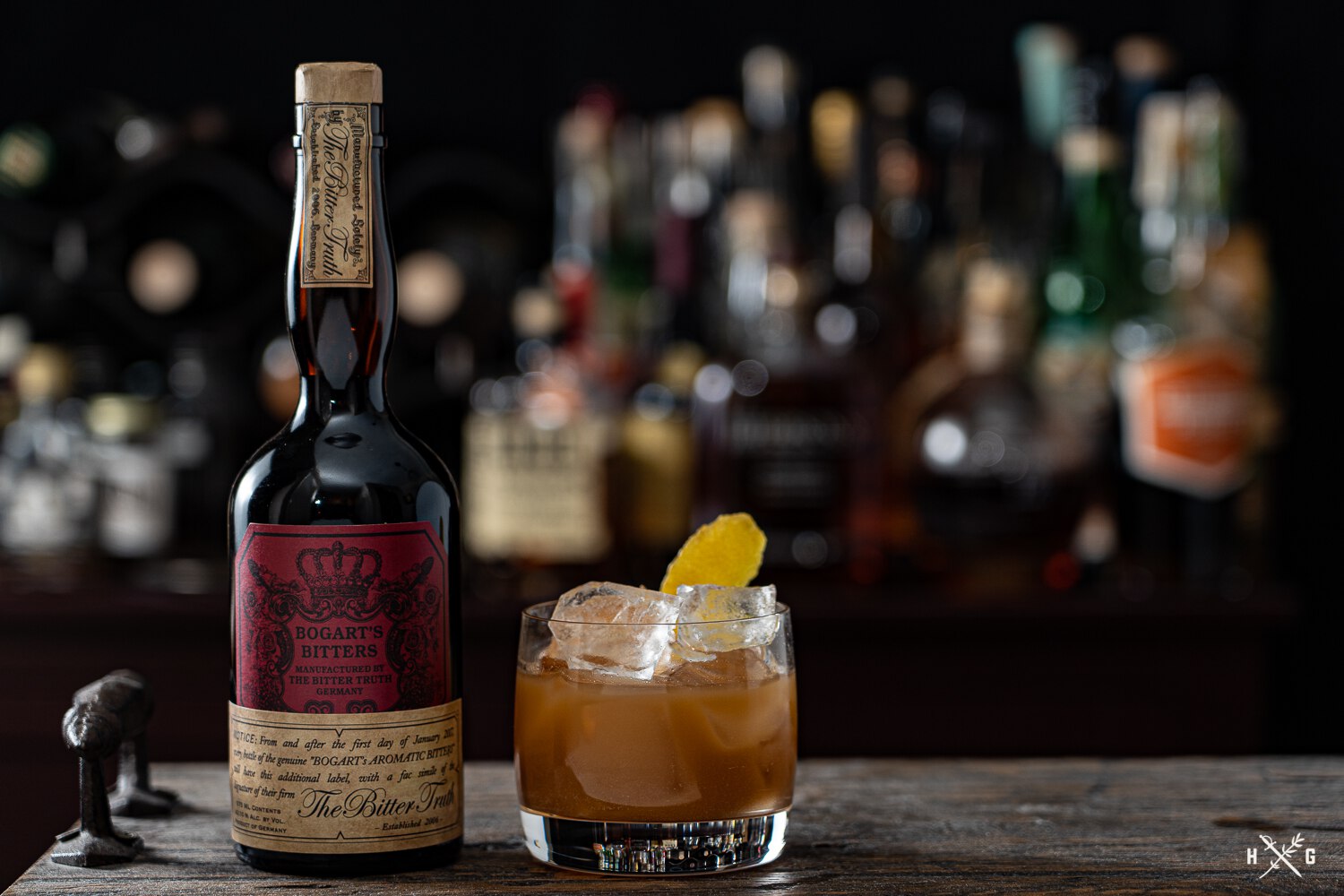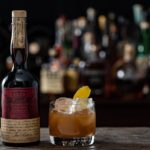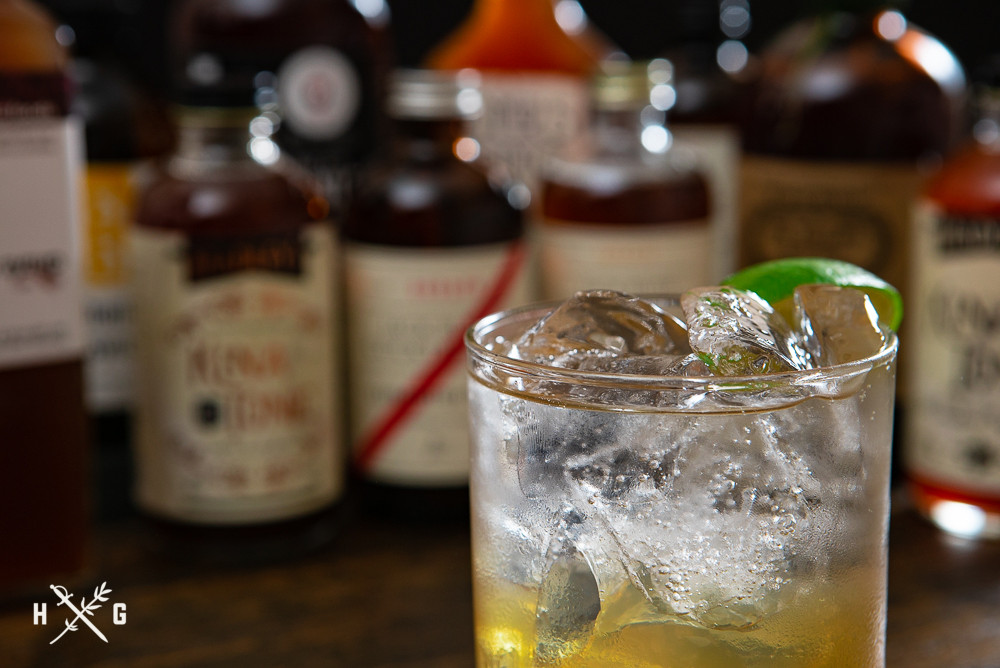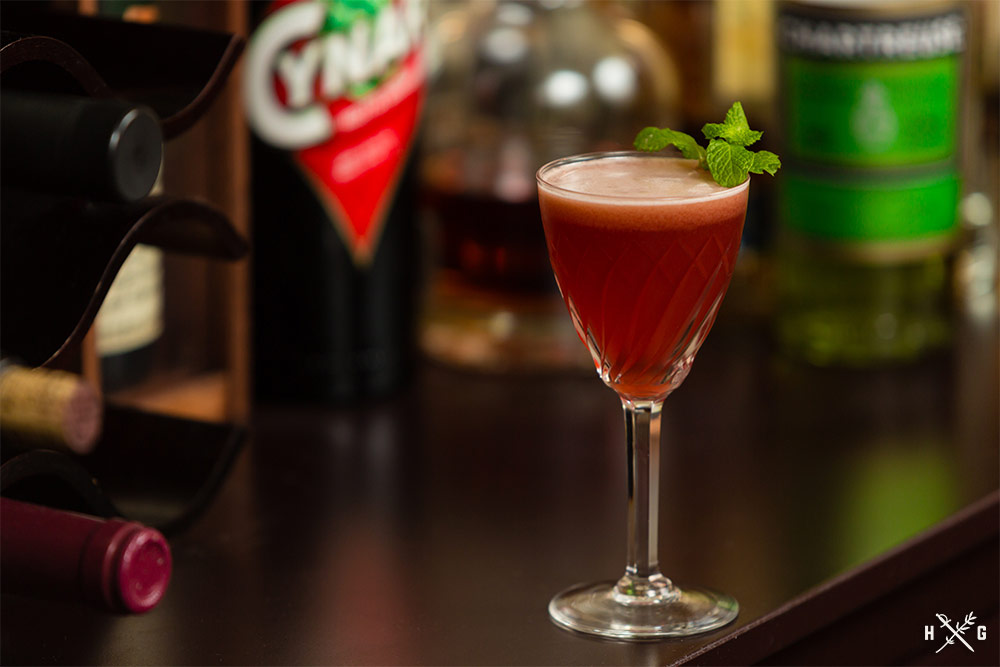Modern accounts of cocktail history are peppered with stories of rare and forgotten ingredients and unbelievable origin stories. It’s safe to say that many of those stories are either inaccurate or fabricated. However, occasionally a story resurfaces that has some validity. I recently found myself questioning a piece of cocktail history when I came across Bitter Truth’s bottling of the historic Bogart’s Bitters.
For starters, Bogart’s Bitters was mentioned in the first cocktail book, Jerry Thomas’ [Bartender’s Guide]. These iconic bitters make appearances in classic recipes including the Gin Cocktail, the Japanese, the Brandy Cocktail, and the Whiskey Cocktail. Thomas’ reference was likely a misspelling of Boker’s bitters.
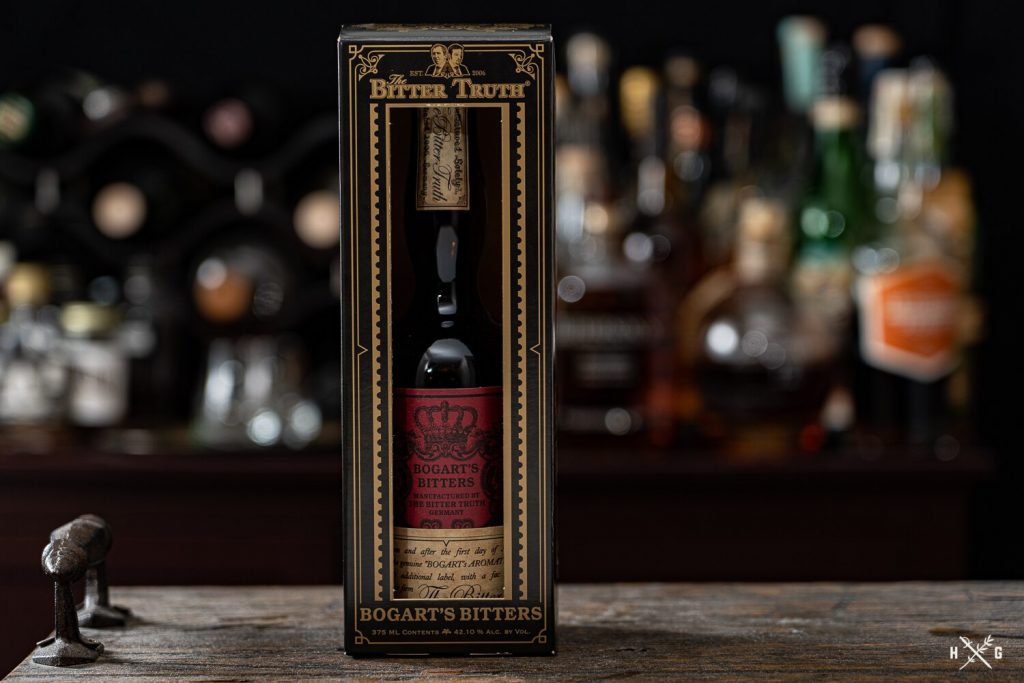
Unfortunately, Bogart’s Bitters faded away into history. In an unbelievable stroke of good fortune, Bitter Truth acquired a bottle of Bogart’s that was estimated to have been bottled around 1900. They claim to have spent 10 years simply investigating the story of the bitters. As for their process of deconstructing their vintage bottle, they are a bit more vague, not only on the process but on the origins of the bottle itself. Mystery certainly makes for good marketing.
The Bitter Truth put together a series of videos corresponding to their release. The primary video features Ted Haigh, the cocktail historian also referred to as “Dr. Cocktail.”
The authenticity of the reborn Bogart’s Bitters aside, how does it taste?
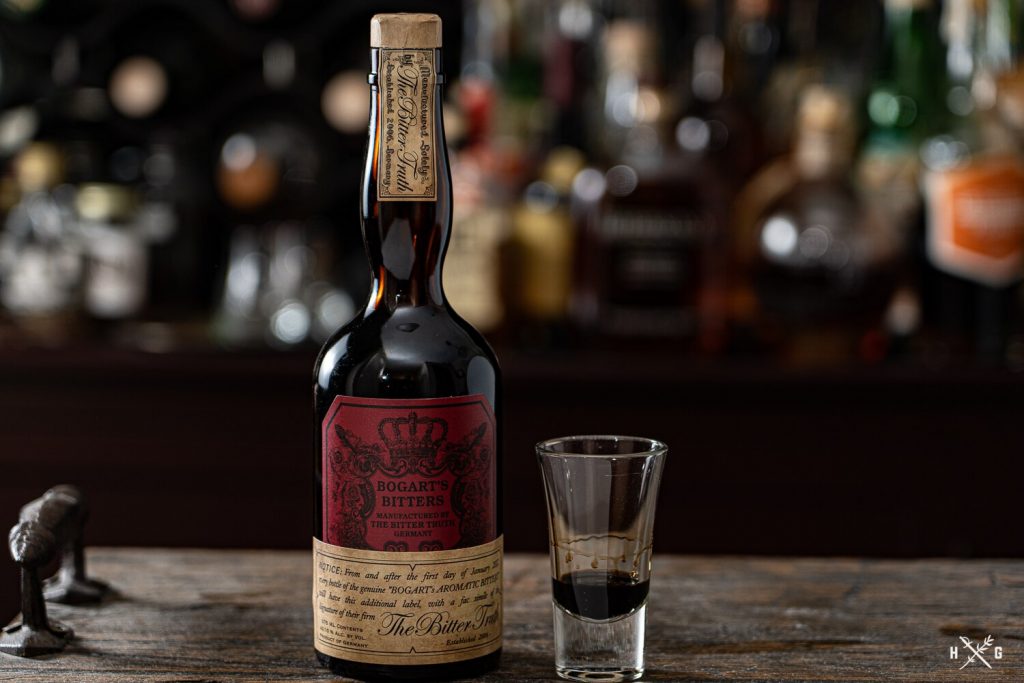
Bogart’s falls into the standard aromatic bitters category. I pick up a lot of sweetness on the nose, and it has a dark viscosity that is more like a fernet than an alcohol-based bitters. On the palate, it’s heavy on cardamom, clove, and allspice. Again, there is a sweetness to it that isn’t typically present in bitters. If you were to serve this to my blindly, I’d assume it was a fernet. There are also notes of cola with a hint of bitter orange.
For bitters, the bottle is quite large at 375 mL and doesn’t have a standard dasher top, but opts for an open mouth. It clocks in at 42.1% ABV, which is typical for bitters. The bottle’s shape is a classic design referred to as a “lady leg”.
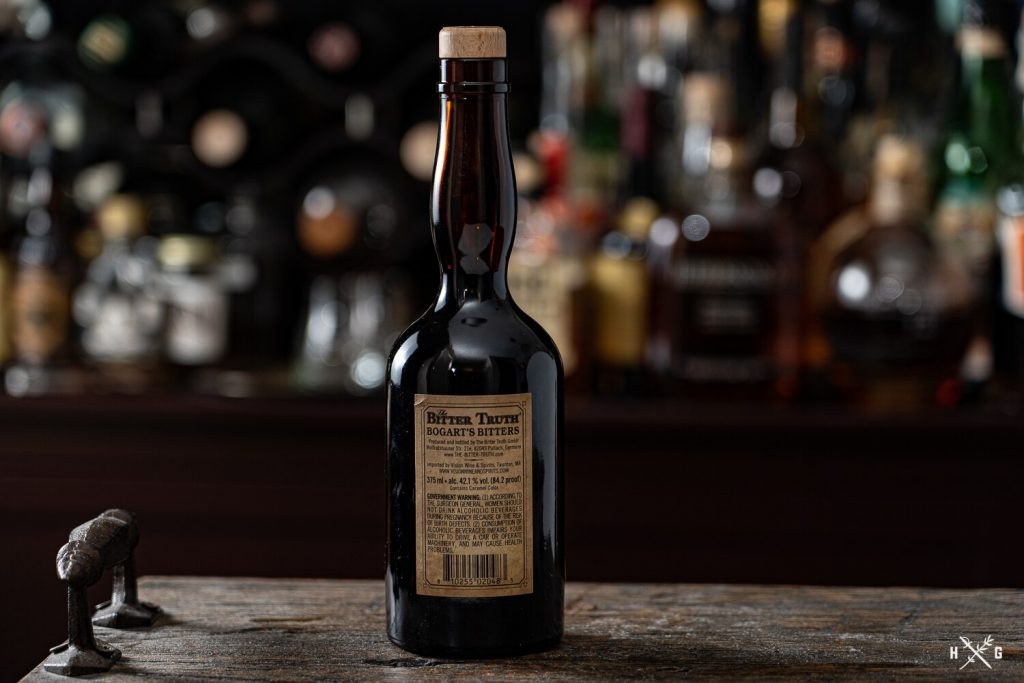
To put Bogart’s Bitters to the test, I decided to make the classic Japanese Cocktail (recipe below). The Japanese contains cognac, orgeat, bitters, and a lemon peel garnish. I’ve had this cocktail before, and I think that most modern bartenders would agree that proper technique would be to shake and serve up (to help mix the orgeat), but since I was using the historically accurate bitters, I decided to stir as the original recipe calls for. Solid cocktail.
Overall, I’m impressed with Bogart’s, and the large bottle is sure to last awhile. While Bitter Truth doesn’t specify this as a limited release, I’d advise you to pick up a bottle if you come across it. If you can’t find Bogart’s, check out some of the other bitters they offer.
– Cheers!
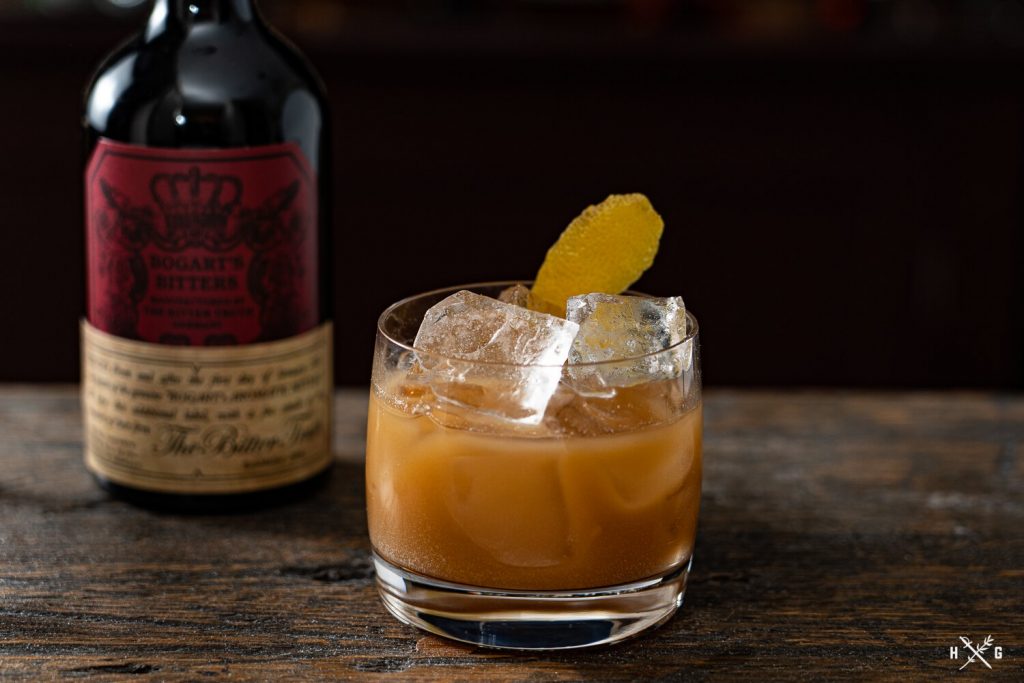
Japanese Cocktail
Ingredients
- 2 oz. Cognac
- ½ oz. orgeat
- 2 dashes Bogart's/Boker's bitters (Angostura works too)
Instructions
- Combine ingredients in a mixing glass with ice and stir until chilled.
- Strain into a coupe glass and garnish with a lemon twist.
[divider type="double-dotted" color="gray"]Bogart’s Bitters Videos
The Bitter Truth has a few additional videos about Bogart’s. They are short, but worth watching.
VIDEO: Bogart’s Bitter – “Honest Medicine”
VIDEO: Bogart’s Bitter – “The Purpose of Bitters”
VIDEO: Bogart’s Bitter – “Tasting Bogart’s Bitters”
VIDEO: Bogart’s Bitter – “The Very First Bitters”
VIDEO: Bogart’s Bitter – “The Origin of Bitters”
[divider type="double-dotted" color="gray"]Additional Resources
- Jerry Thomas’ Bar-Tenders Guide Reprint
- Buy Bitter Truth Bitters on Amazon
- The Bitter Truth – Official Site
- Liber & Co. Orgeat – If you don’t make your own orgeat, this is the one to buy.
- Angostura Bitters – In case you want to make a Japanese and can’t find Bogart’s.
I created The Humble Garnish because I’m passionate about cocktails. Occasionally, I am provided with products for review or other perks. Many product links on this site are affiliate links that give me a very small kickback, and costs the buyer nothing extra. For example, as an Amazon Associate, I earn from qualifying purchases after a link leading to Amazon is clicked. Other links may earn me affiliate commissions as well. This helps offset the cost of creating content for the site – things like camera gear, software, alcohol, glassware. I have at times accepted and at other times declined free products. I promote what I love and use, and rarely will write about a product that I don’t appreciate or own. If I don’t like a product or service, I often simply choose not to write about it.
– Andrew

